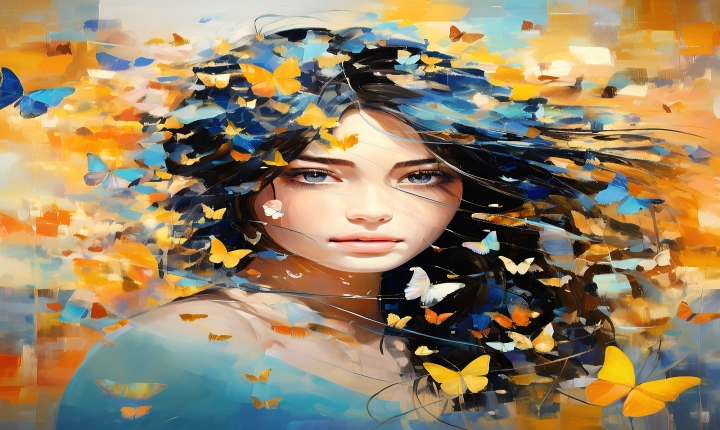AI portraits have gained widespread popularity in recent years, allowing individuals to create stunning and unique digital artworks with ease. By using artificial intelligence (AI), users can transform their photos into realistic paintings, drawings, or even stylized artworks, giving them a fresh and exciting way to express their creativity. In this article, we will explore how to create AI portraits and the tools and techniques you can use to achieve the best results.
Choosing the Right Tools
Several online platforms and software tools are available to create AI portraits, offering various styles and customization options. One popular tool is DeepArt, which uses deep learning algorithms to transform photos into artworks in the style of famous artists, such as Van Gogh, Picasso, and Monet. Another option is Prisma, an app that applies various artistic filters to images, creating unique and visually appealing portraits. Additionally, Adobe Photoshop and other photo editing software offer AI-based filters and plugins that can transform photos into artworks.
Selecting the Style
Before creating an AI portrait, it’s important to consider the style you want to achieve. Different tools offer a variety of artistic styles, from classic paintings to modern illustrations. For example, if you’re a fan of impressionist art, you could choose a style inspired by Monet or Renoir. If you prefer a more abstract or modern look, you might opt for a cubist or surrealistic style. By selecting the right style, you can tailor the AI portrait to suit your preferences and showcase your personal creativity.
Creating the AI Portrait
Once you’ve chosen the desired tool and style, creating an AI portrait is a straightforward process. Most platforms and software require you to upload your photo and select a style or filter. After applying the artistic transformation, you can adjust the settings to fine-tune the final result, such as adjusting the level of detail, color saturation, and brushstroke intensity. Some tools also allow you to experiment with different compositions and effects to further enhance the portrait.
Enhancing the Image
After generating the AI portrait, you may want to enhance the image further by using photo editing software. This can include adjusting the contrast, brightness, or colors to achieve the desired aesthetic. Additionally, you can experiment with additional filters and effects to add a personalized touch to the artwork. By combining AI-generated art with manual editing, you can create a truly unique and captivating portrait that reflects your individual style and vision.
Sharing and Enjoying the Artwork
Once you have created your AI portrait, you can share it with friends and on social media to showcase your creativity. Many people enjoy using AI portraits as profile pictures or as unique gifts for family and friends. Some artists even incorporate AI-generated art into their portfolios as a demonstration of their diverse creative abilities. By sharing your AI portrait, you can inspire others and spark meaningful conversations about the intersection of technology and art.
In conclusion, creating AI portraits offers a fun and accessible way to explore digital art and express your creativity. By selecting the right tools, styles, and techniques, you can transform ordinary photos into stunning and unique artworks that reflect your individuality. Whether you’re a casual user looking to experiment with new artistic styles or a professional artist seeking innovative ways to create digital art, AI portraits offer a wealth of possibilities to explore and enjoy.
